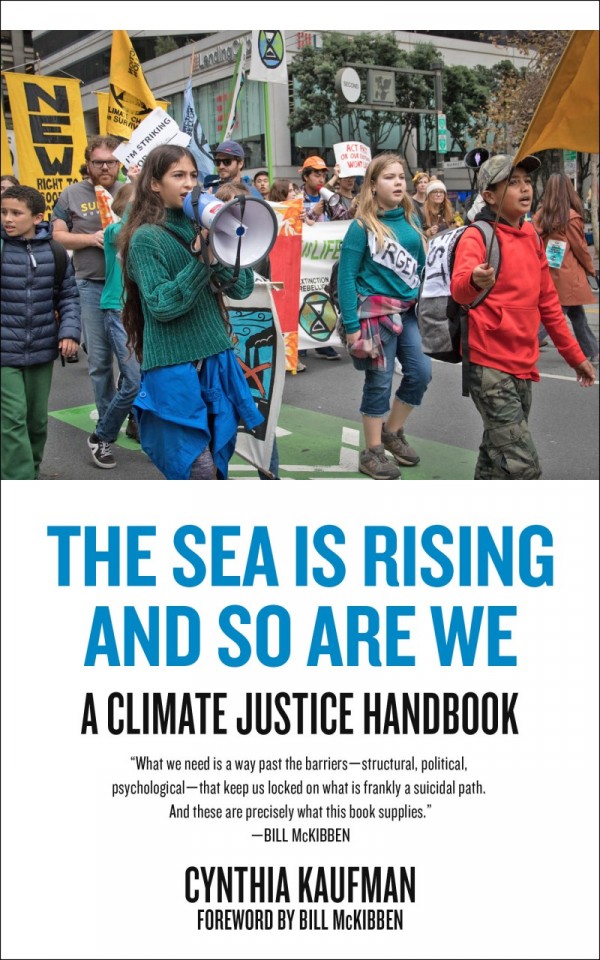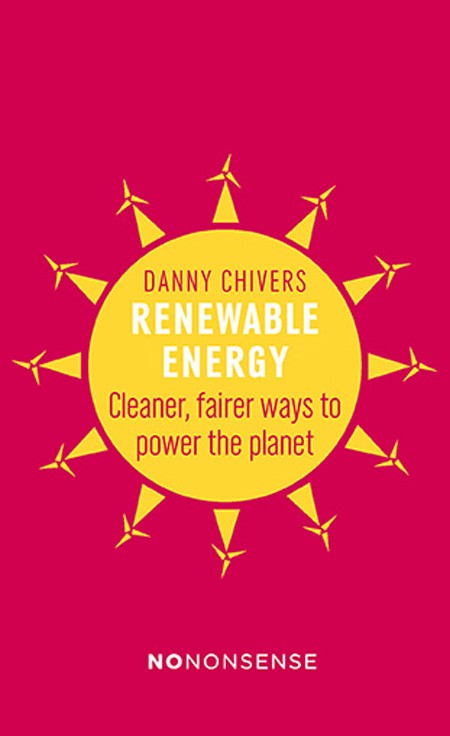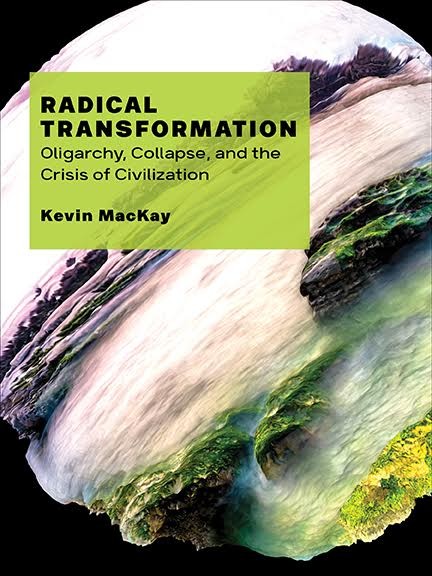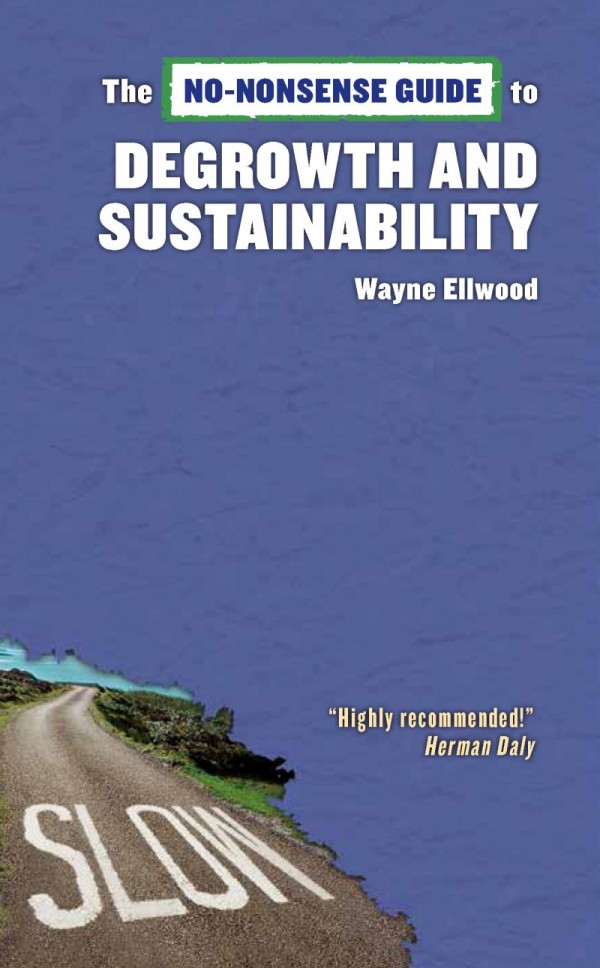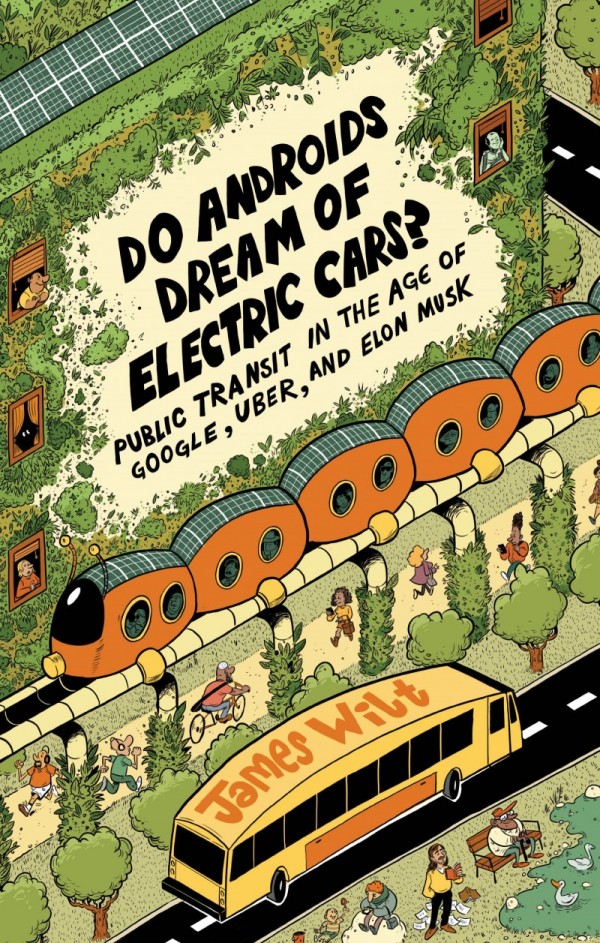“The movement is a grand ecosystem”
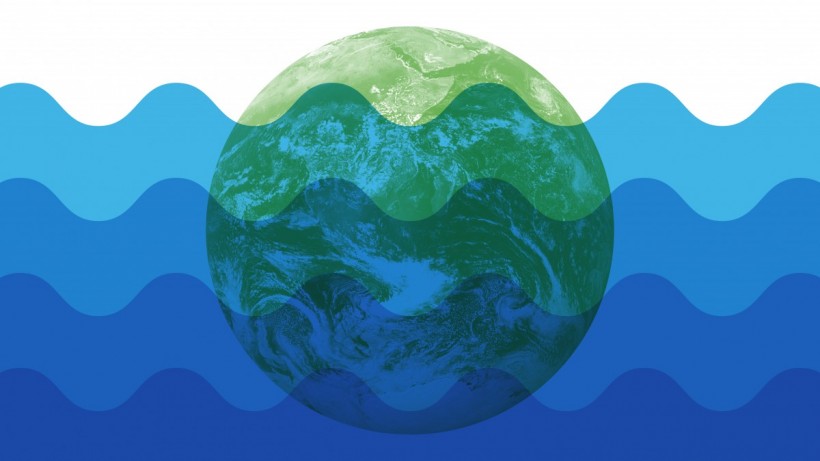
With global climate strikes planned for this Friday, September 23, there’s no better time to take a stand on the climate crisis. Every day we’re buffeted by overlapping and conflicting messages—that individual choices are meaningless in the face of corporate inaction; that the tipping point is long past us; that we must take action now.
The Sea is Rising and So Are We is a new climate justice handbook that both explains the entrenched forces working against climate action, and rejects climate anxiety and despair. Below, you can read an excerpt of chapter seven, which sets out to help the reader find the flavour of climate action that best suits their interests and personality, from a few hours of volunteer time to an entire career path, from in-your-face direct action to unglamorous behind-the-scenes labour.
Whether you’re marching on city hall, canvassing your neighbourhood during an election, or pitching in a few admin hours a week for a local organization, what you’re doing is taking a tiny yet crucial place inside a vast ecosystem of global activism—one that, like all living and breathing things, is complex, often unpredictable, and ready to fight tooth and nail for its place in the world.
Chapter 7: Finding Your People and Your Practice in the Ecosystem of the Climate Justice Movement
For a number of years I was involved in a fight to stop the expansion of a stretch of California’s legendary Highway 1 that goes through the small town of Pacifica, where I live. The state transportation agency, Caltrans, wanted to double the width of the highway to facilitate development farther down the coast and to allow for more single occupancy vehicles. Our town does have rush-hour traffic, and the widening, after five years of slowdown from the construction, was supposed to make a small dent in that traffic. But it is common knowledge that when you increase highway capacity, you also “induce demand.” If driving is easier, then more people drive. After a while traffic gets worse again. And many of us saw shutting down the expansion as part of a move away from single-occupancy vehicles, and thus as important for the climate.
While I trudged away in that many-years-long fight, wondering if I had set my sights high enough, I heard about the movement in Britain to not allow any increase in road capacity. In most of the Global North, more roads are rarely needed; what is needed are strategies for getting single occupancy vehicles off the roads and developing systems of public transportation that really work. It helped me immensely, in my work in my small town, to see it as part of a larger movement against highway building. By winning in Pacifica, we would send a message to the state of California that we needed to develop a new paradigm. The joy I felt when we won that struggle was magnified by my sense that our work was part of a bigger whole.
We should never underestimate the value of the small things we are doing because they aren’t the magic bullet to solve the climate crisis. One of the worst things you can do to as a person involved in social change is to denigrate the importance of what you are doing. Even worse is denigrating what others are doing. But as in my example of the highway project, how I felt about my work was deeply connected to the narrative frame through which I understood it.
It is important that we keep in our minds the reality that we are a part of a team of hundreds of millions; that when we act smartly we are adding our grain of sand to the pile that is transforming society; that the movement is a grand ecosystem made up of a wide variety of elements, all working together in unpredictable and not always knowable ways. Deciding where to engage for yourself, and how much of yourself to dedicate to this work, is a very personal choice. This chapter is intended to help you understand the options you have for engagement and the considerations to make when looking for your place in the ecosystem that is the climate justice movement. [...]
Finding Your Place and Welcoming Others
Often when people join movements, they begin with something very small that seems like it isn’t worth the time. But along the way they may form relationships, learn the terrain, and then slowly find a better place to put their energy. As you begin that process, there may be so many choices of where to put your energy that you end up feeling overwhelmed by the possibilities. That can lead you do to so much that your work is not personally sustainable. Or it can lead to paralysis where you don’t do much because no choice feels like it is the right one. A part of doing organizing work is finding a healthy and sustaining place for yourself within the vast ecosystem that is the movement. That process may be slower and more frustrating than you wish, and it may take more time than you hope. But the destructive patterns that are embedded in society have developed over centuries, and have built into the social fabric mechanisms for reproducing themselves. The world was not constructed to make transforming it easy.
Feeling guilty that you are not doing enough or doing the right thing is not helpful to the movement. That guilt is likely to make you want to stop doing anything. And for organizers, it is deadly to the movement to try to motivate people by pressuring them and making them feel that they need to do more than they feel comfortable with. It is crucial that you focus on developing a sense of accomplishment, for yourself and others, that comes from engaging in climate justice actions.
It is helpful to remember that you are part of a larger team and that your joy in the work will help bring others to the work. Feeling that joy is actually a productive part of the work. Martyrdom is very unattractive. People who try to be the most righteous activist are actually counterproductive to the work. People who try to pressure others into doing more than they are ready for are also counterproductive to the work.
If you are very busy and already overwhelmed with life but feel compelled to contribute to the transition to a sustainable society, it is possible to volunteer a few hours a week from home. Many organizations have small jobs that they can peel off for you. Hopefully what you get from that is a sense of purpose and you are truly helping. One thing you may miss out on, though, is the sense of connection that comes from being part of a movement. A well-run organization might be able to find ways to give a volunteer who does a few things a sense that they are appreciated and that their work is a significant part of the larger whole. But it is difficult to gain that sense of being a part of a movement without really working in community with others.
Any movement work is very personal and the qualities of the relationships really matter. I know people who are very conflict averse who find their home in organizations that are very well run and offer a lot of appreciation to their volun- teers. I know other people with a thicker skin, who can forgive an organization that forgets to thank volunteers, that changes the plan a lot, so that a person sometimes does work that then ends up not being used. It is important that you really reflect on what your own personal needs are in terms of the kinds of people you like to work with, and what you need to feel good in your work. Finding your place in the movement involves that sort of personal reflection on the kinds of things you like to do and the kinds of cultures you want to be a part of.
It is also a good idea to think about the impact the work you are embarking on is likely to have. For those of us who love the thrill of action when it gets a bit chaotic and risky, nonviolent direct action can be a great tactic. But it is important to see it as a tactic rather than as a strategy. Some people chose to do it because it can feel like you are being strong and brave and setting a firm limit on what is wrong with society. But it is good to engage in tactics because we think they will make a difference, rather than just because we like doing them.
A tactic is the tool you use to achieve a larger goal. A strategy is the overall path of using a variety of tools to achieve a larger goal. Having a demonstration is not a strat- egy. The work done to get ExxonMobil to lose its political power is a goal, a particular divestment campaign is an issue to organize around, and organizing around that issue requires a strategy, which will involve a variety of tactics. Sometimes when people find a tool that really works for them, such as nonviolent direct action, they begin to want to use that tool for everything. It is always important to keep your strategic hat on and ask how what you are doing is supposed to achieve the goal you have set out, and to pick your tactics accordingly.
Cynthia Kaufman is the director of the Vasconcellos Institute for Democracy in Action at De Anza College in Cupertino, California, where she runs and teaches in a community organizer training program. She is the author of The Sea Is Rising and So Are We: A Climate Justice Handbook (Between the Lines and PM Press, 2021); Challenging Power: Democracy and Accountability in a Fractured World (Bloomsbury, 2020); Ideas for Action: Relevant Theory for Radical Change (2nd ed. PM Press, 2016); and Getting Past Capitalism: History, Vision, Hope (Lexington Books, 2012). She has been active in a wide variety of social justice movements including Central American solidarity, union organizing, police accountability, and most recently tenants’ right and climate change. She publishes on social justice in Common Dreams.

